
I spent a most of a day in Disney’s Animal Kingdom Africa on my last trip. Thought I would share a few photos with you. Notice the camera data which will tell you how I was able to photograph them. Ask any questions in the comments.
First stop was the Kilimanjaro Safari. The attraction has a new story focusing on wildlife conservation and photography. The jeeps stop more often than before for more photo opportunities of the animals. As I have mentioned here before. Do not forget to photograph the wildlife spotting guide above your driver’s head so you can identify the animals when you get back home.
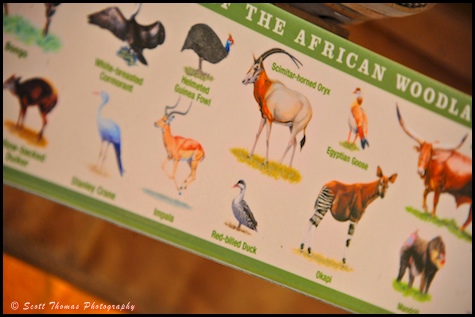
Wildlife spotting guide on the Kilimanjaro Safari jeep.
Nikon D700/28-300VR, 1/1000s, f/5.6, ISO 2200, EV +0.3, 300mm focal length.
Remember the Wild Africa Trek tour I took last year? Below is one of the trucks used on the savannah leg of the tour. You can see how close they get to the animals. They were stopped there for a long time, too.
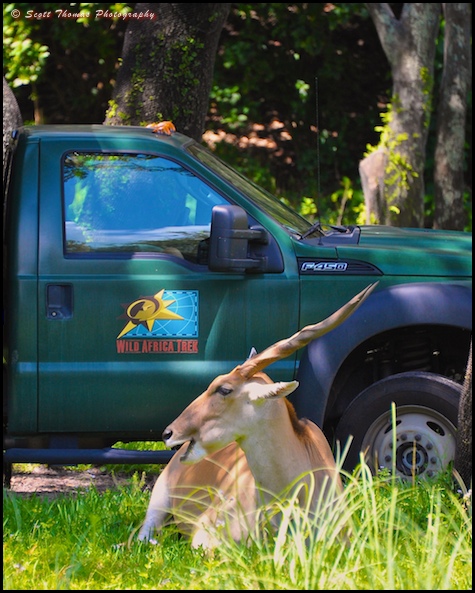
Common Eland lying down near a Wild Africa Trek truck.
Nikon D700/28-300VR, 1/1000s, f/5.6, ISO 1600, EV +0.3, 300mm focal length.
As I mentioned above, the Kilimanjaro Safari jeeps make more stops with the new story. This Reticulated Giraffe was forging for food about 20 feet from where we stopped along with two others. The driver allowed plenty of time for everyone get photos before moving on to the elephants.

Reticulated Giraffe on the Kilimanjaro Safari.
Nikon D700/28-300VR, 1/1000s, f/5.6, ISO 640, EV +0.3, 300mm focal length.
After getting off the Kilimanjaro Safari, I took a stroll through the Pangani Forest Exploration Trail to visit with more of Africa’s animals and birds. The Okapi is an amazing animal which looks like a cross between a zebra and an antelope. In reality, it is more closely related to the giraffes as the educational blackboard shows next to the Okapi’s pen on the Pangani Trail.
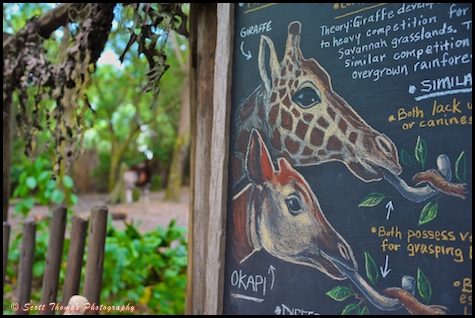
Blackboard explaining how the Giraffe and Okapi are related on the Pangani Forest Exploration Trail.
Nikon D700/28-300VR, 1/60s, f/4.2, ISO 720, EV +0.3, 48mm focal length.
The Aviary on the Pangani Forest Exploration Trail has a healthy population of the Africa Golden Weaver bird. Guests enjoy watching them build and climb into their nests from below. Again, do not forget to take photos of the large bird spotting guides you find when you enter the aviary.
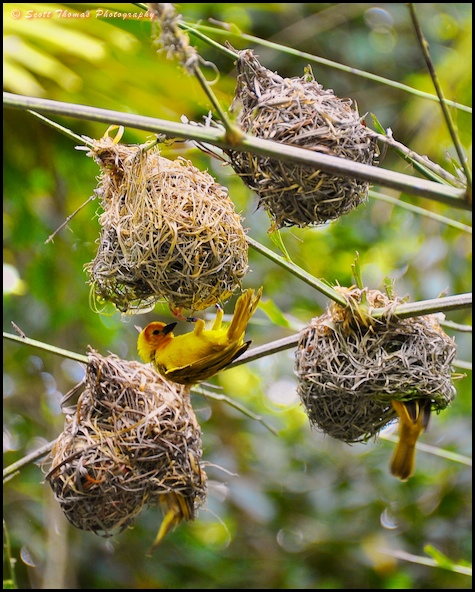
Africa Golden Weaver birds at their nests on the Pangani Forest Exploration Trail.
Nikon D700/28-300VR, 1/60s, f/5.6, ISO 720, EV +0.3, 300mm focal length.
There was a lot of activity in the gorilla enclave. The baby gorilla was playing on one side and a couple of bachelor gorillas were out on the other side. One of the bachelor troop was drinking from a little waterfall. Once he had his fill, he sat down and gave me this look.
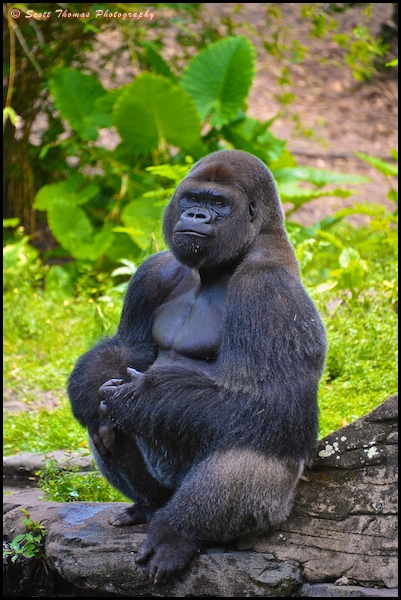
Bachelor Gorilla on the Pangani Forest Exploration Trail.
Nikon D700/28-300VR, 1/250s, f/5.6, ISO 160, EV 0, 300mm focal length.
As many times as I have done both the Kilimanjaro Safari and Pangani Forest Exploration Trail, I have never come away without learning something new, seeing something new and photographing something new. Walt Disney once said, “I have a great love of animals and laughter.” I think he would enjoy Animal Kingdom very much for both.


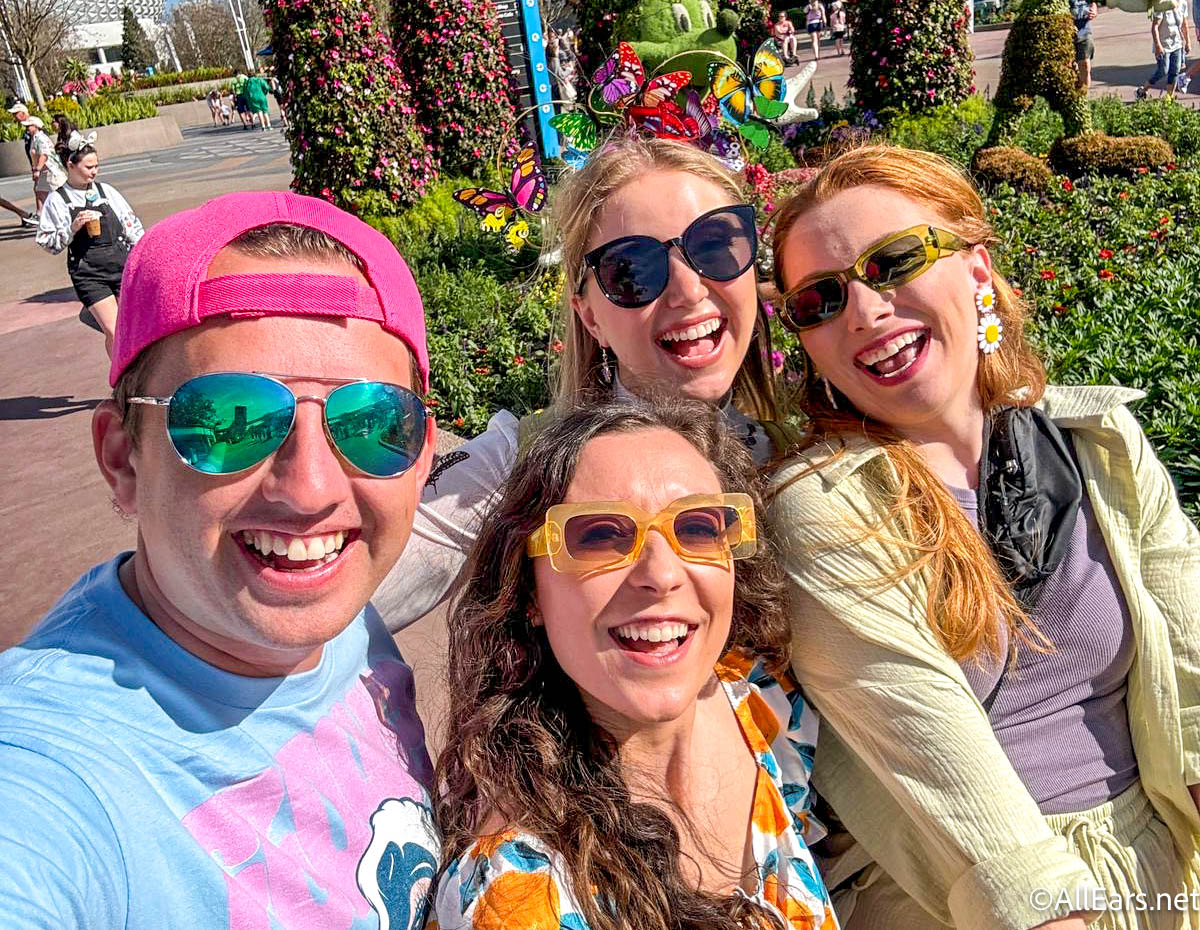
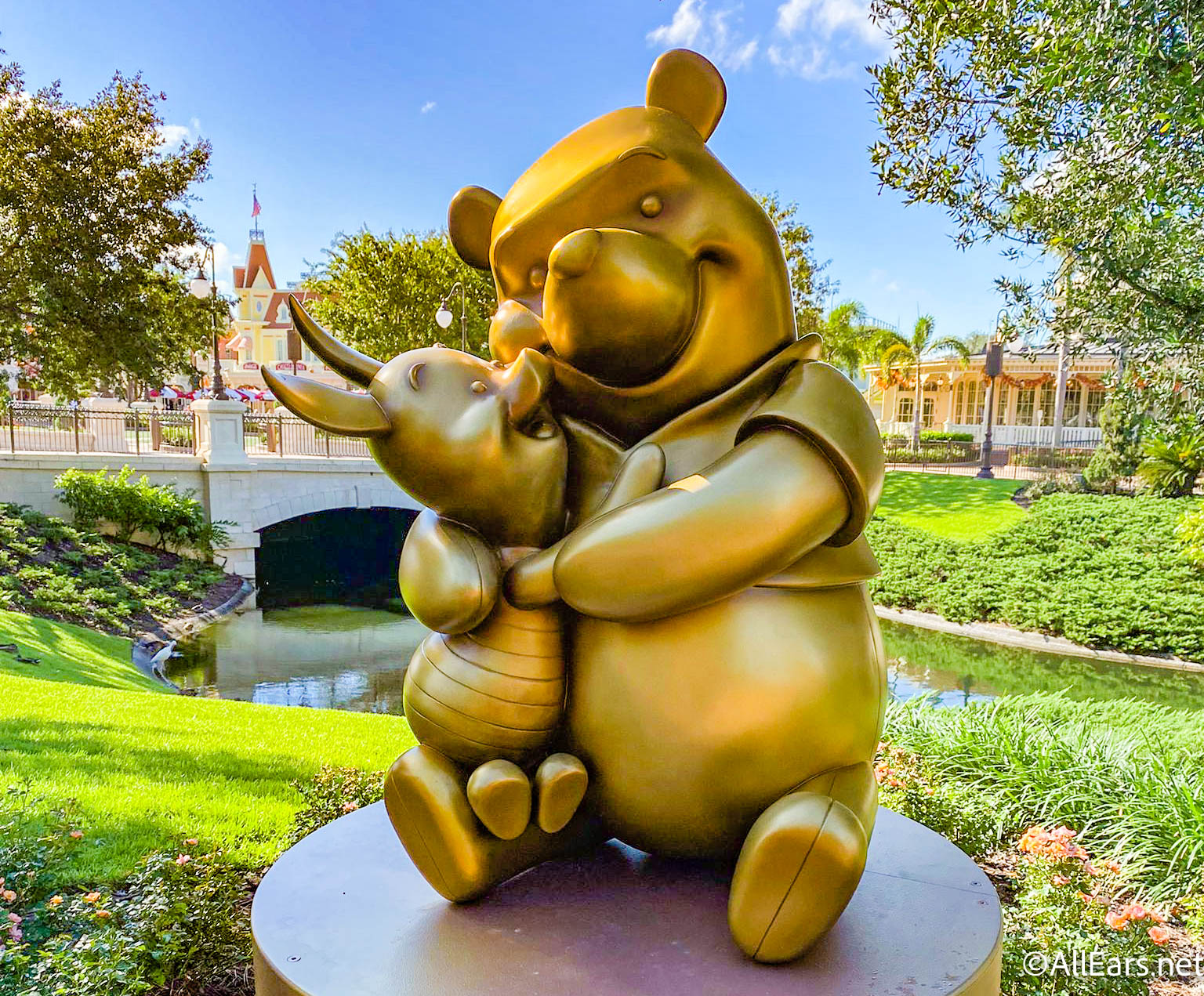
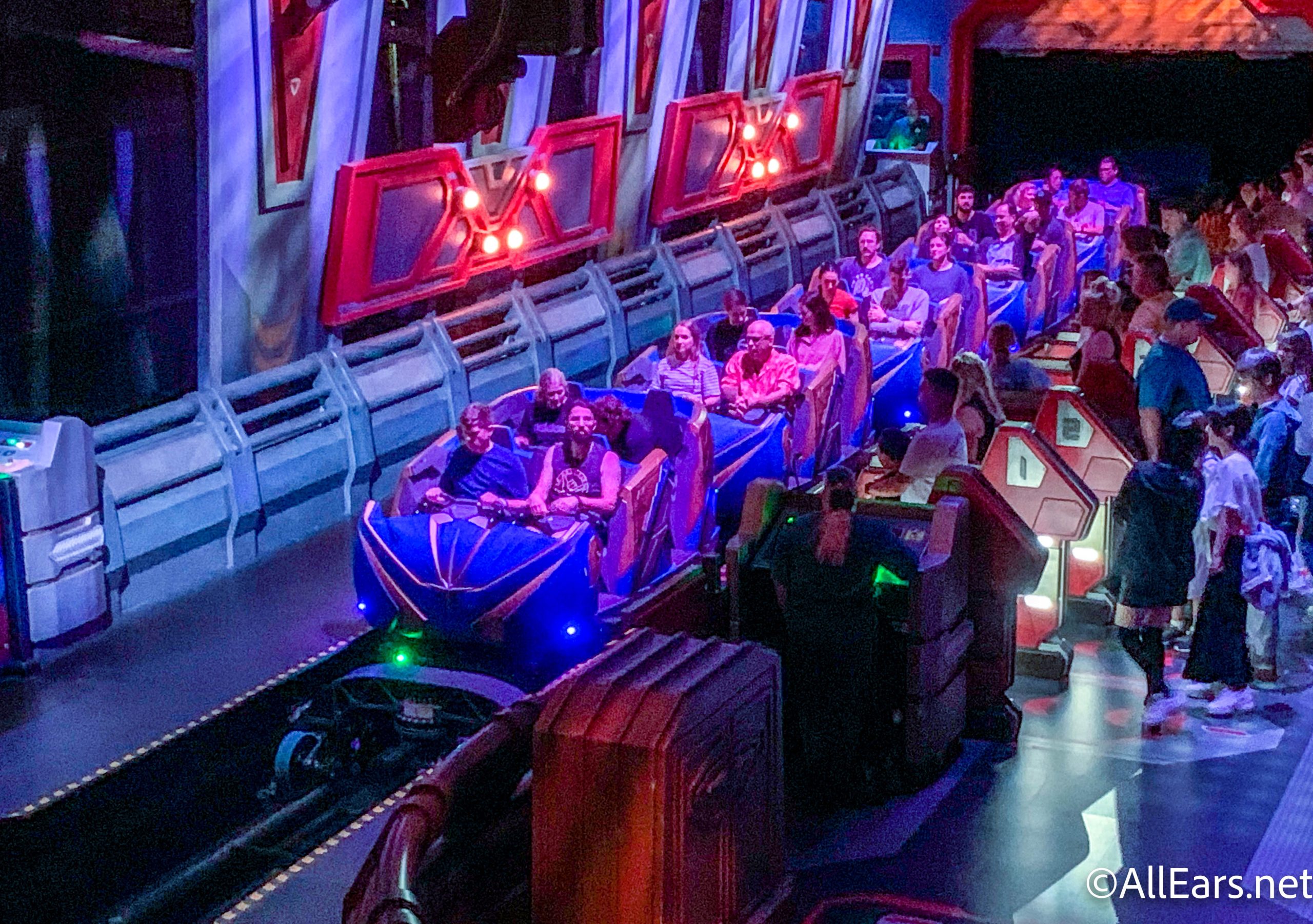

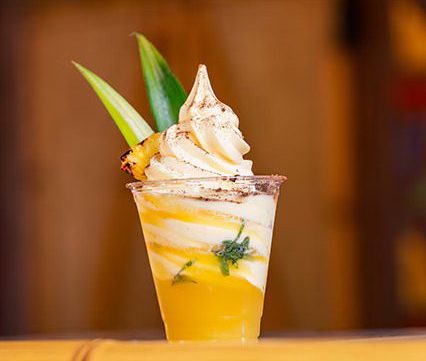
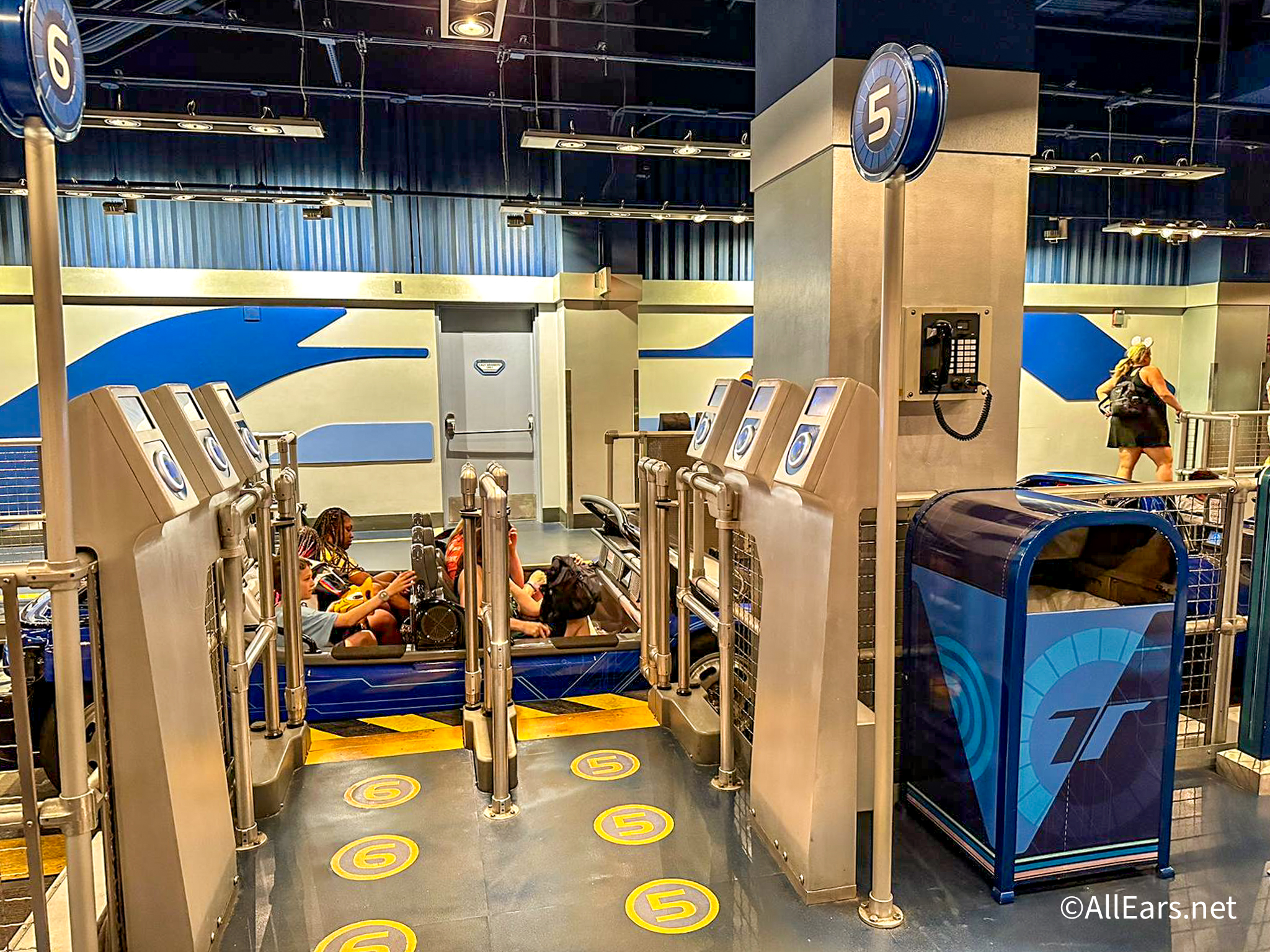
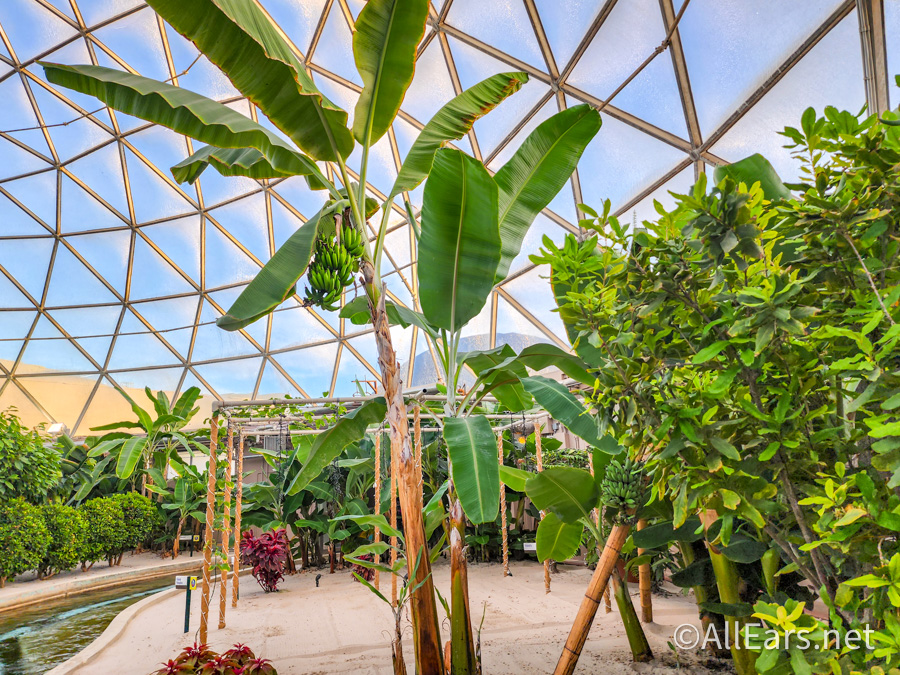
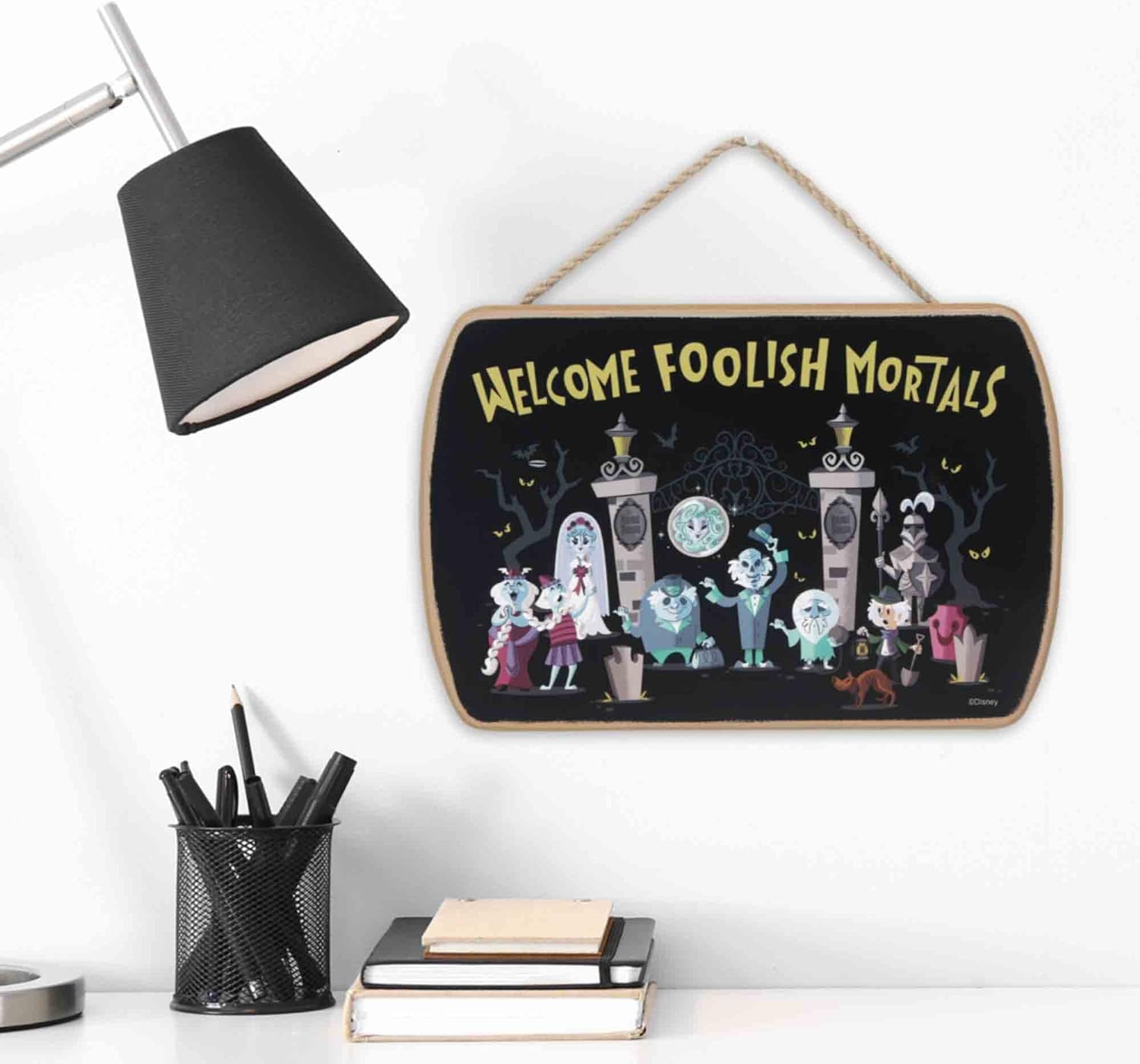

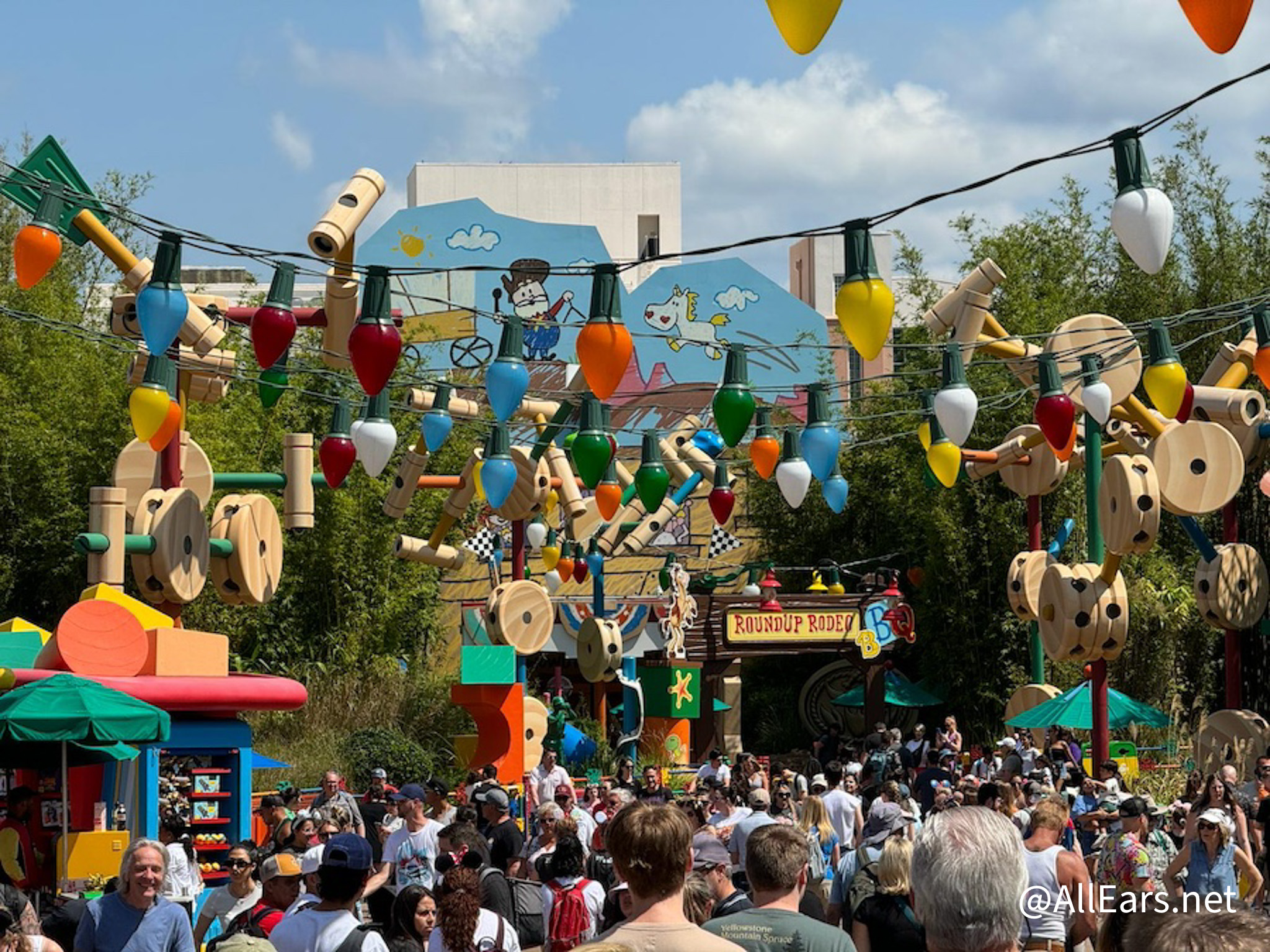

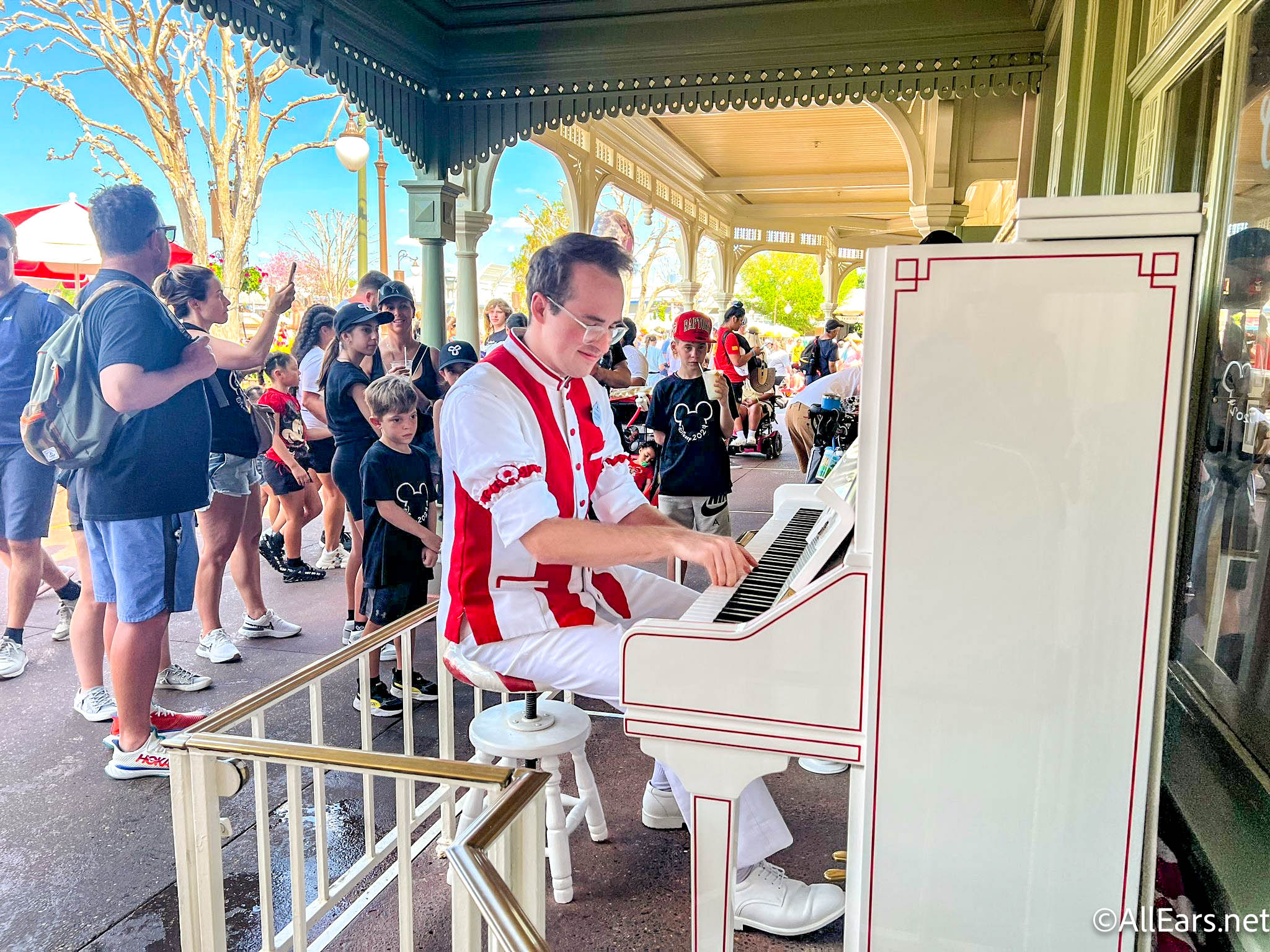



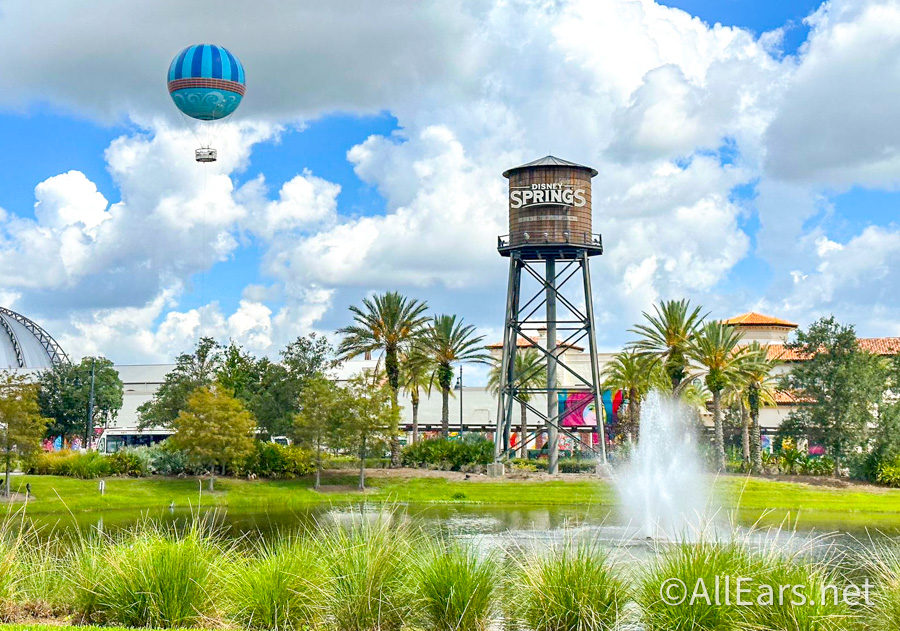
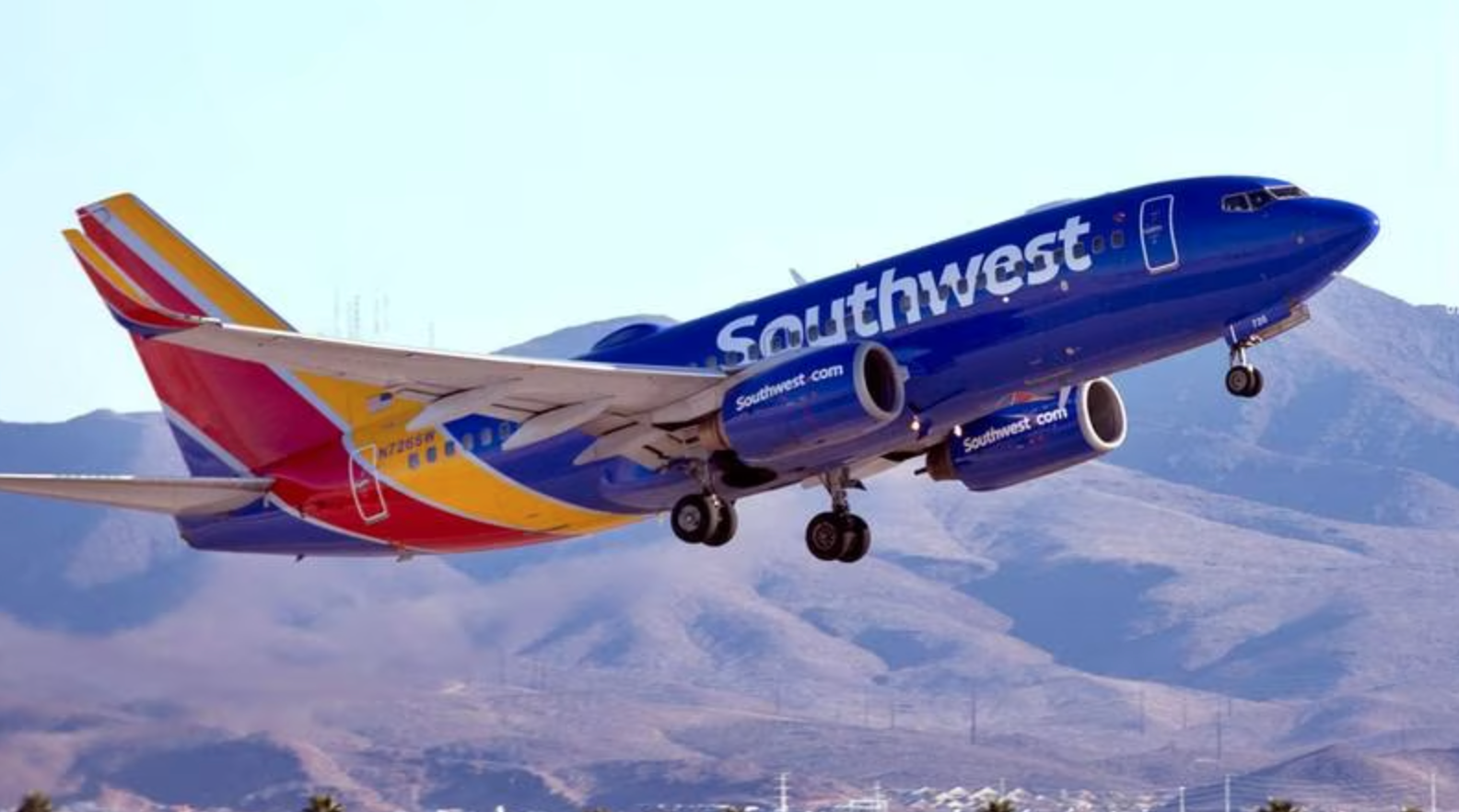


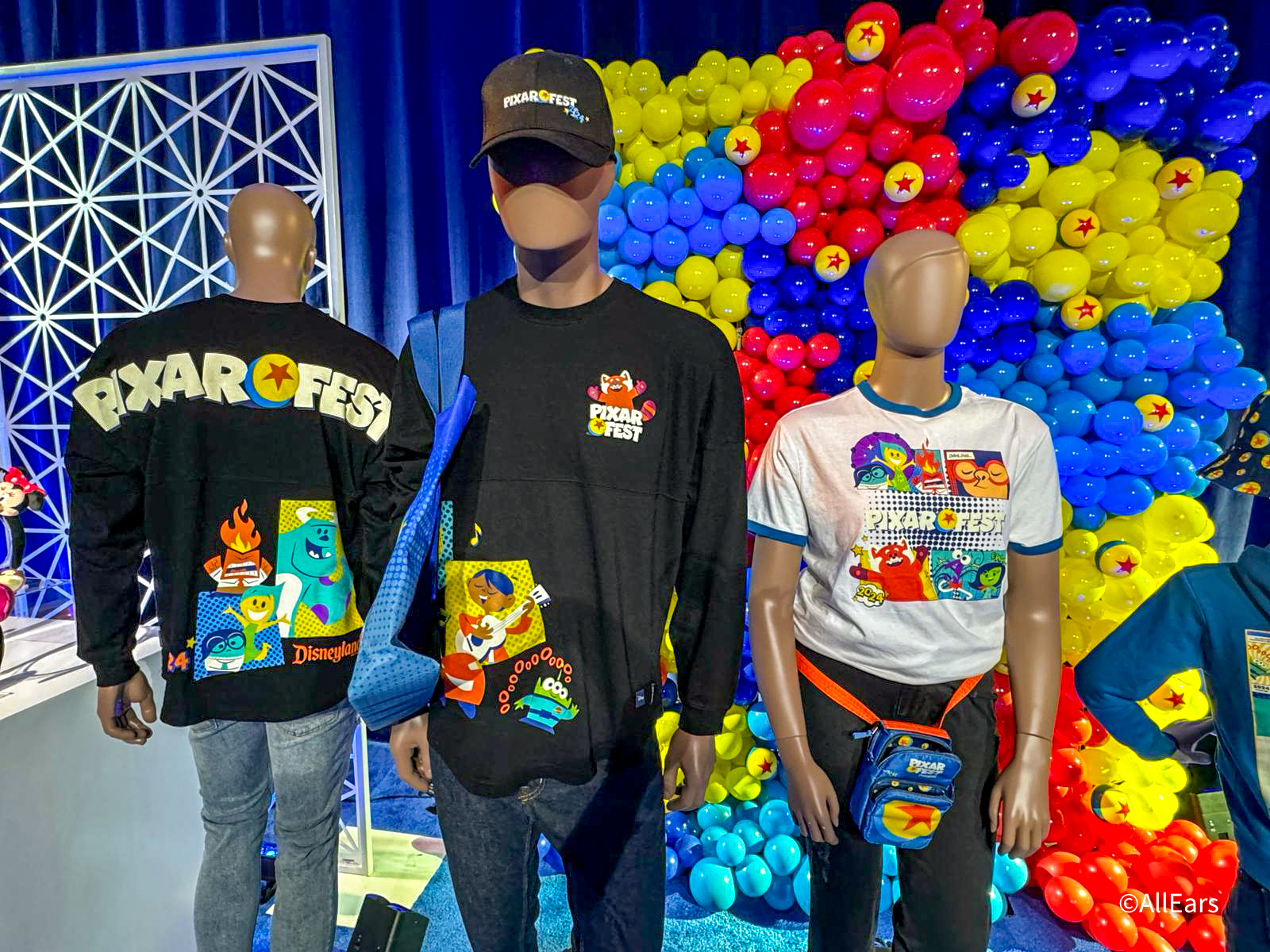

Scott:
Great pictures. You used f/5.6 on most of them. This brought your subject into focus but when you showed the jeep spotting guide, only a few of the animals were in focus. Was this done on purpose?
With the Eland, you had both the animal and the jeep in focus. How did you manage this with the F/5.6?
Were you using spot metering?
Is that an Okapi in the background of your picture with the blackboard?
I love the composition of the giraffe. I wouldn’t have thought to get a picture when the head is down, but if it’s up, you have to zoom out to get the whole animal. Your picture captures the whole animal while filling the frame.
Thanks for sharing these great pictures.
Scott replies: I was doing selective focus on the jeep spotting guide and used it here for illustrative purposes.
I cheated a bit on the Eland photo using editing software to add extra sharpening on the Eland. In the original photo, the Eland is softly out of focus. The distance from the Eland and truck from my camera was some 30 feet. At 300mm, the lens will compress objects together.
I was using matrix metering (Nikon term). Canon calls it Evaluative.
Yes, that is an Okapi in the background. I will try this shot again with a more stopped down aperture in the future.
The giraffe and jeep driver was very accommodating as we had a good 5 minutes with the giraffes as they went about their browsing.
You’re welcome, Steve! Always appreciate your comments and observations.
Hi Scott,
Nice blog entry. I noticed that in every photo (except one) you used an F-Stop of 5.6.
Coincidence?
Scott replies: The f/5.6 is the smallest aperture for the lens I was using when fully zoomed out at 300mm. Using shutter priority at 1/1000s, to get the proper exposure, the aperture opened up to the widest possible for the focal length. Also, in zoo and wildlife photography, it is better to shoot wide open so the background, which is usually distracting, is out of focus leaving a pleasant backdrop.
Hi Scott,
I agree with you about your last statement. I still can remember Walt’s smile when he told the tv audience about the Jungle Cruise.When I visited DW for the first time the first attraction I went on was this cruise.
Scott replies: Hi, Cathy. Thank sharing this. I was young back in the 60’s when Walt was on TV hosting his shows. I never missed a one.